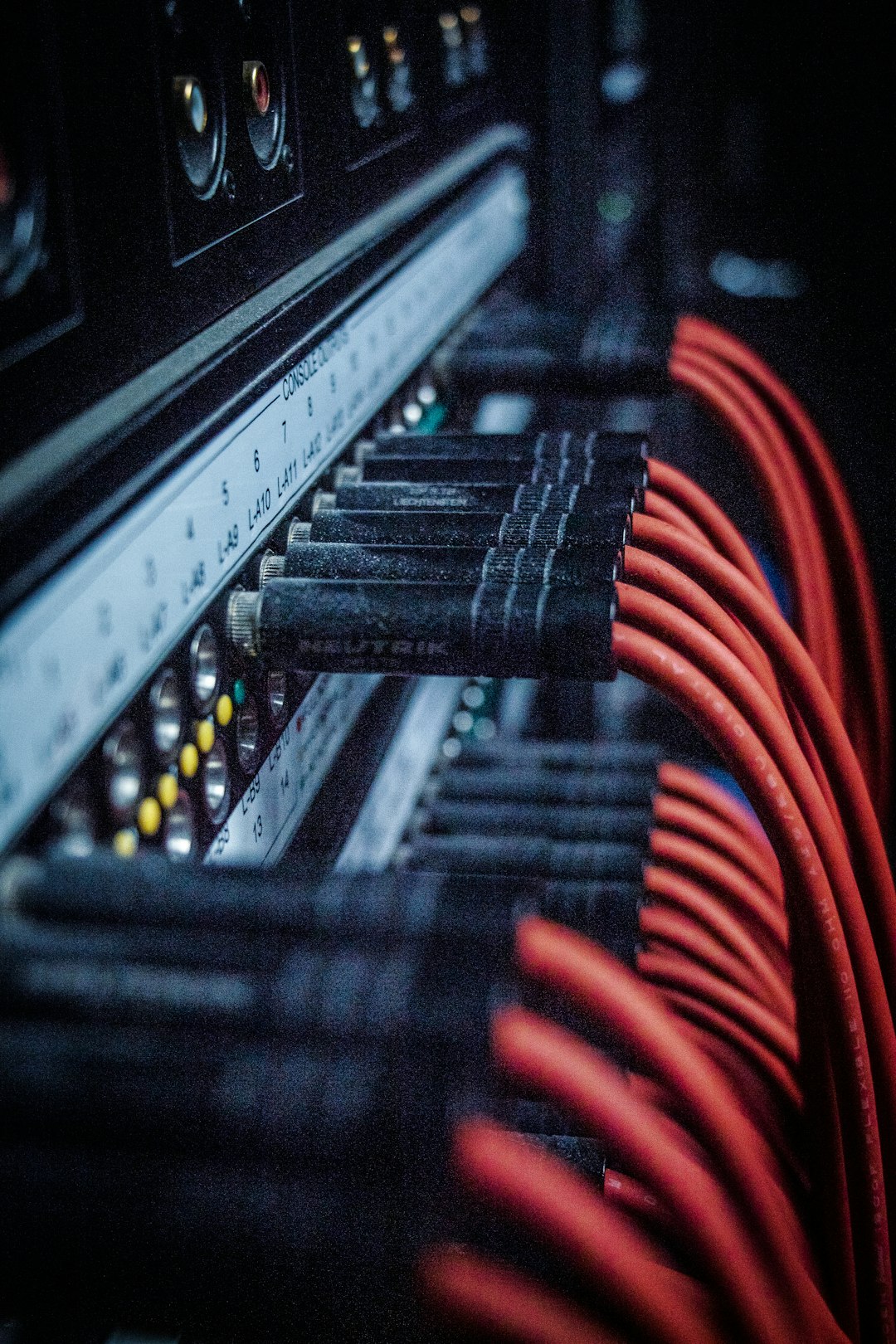
Advanced Security Analysis and Configuration for Network Protection
In an era where cyber threats are evolving rapidly, the need for Advanced Security Analysis and Configuration for Network Protection has never been more critical. Organizations are increasingly recognizing the importance of robust security frameworks that not only detect vulnerabilities but also proactively protect against potential breaches. This article delves into essential aspects of advanced security analysis and configuration, providing insights into current trends, tools, and strategies for effective network protection.
Understanding Advanced Security Analysis
What is Advanced Security Analysis?
Advanced Security Analysis refers to the systematic approach of evaluating network security measures through sophisticated tools and methodologies. This process encompasses the identification of vulnerabilities, real-time threat detection, and the configuration of security protocols to mitigate risks. By employing advanced analytics, organizations can gain a deeper understanding of their security posture and respond to threats more efficiently.
Importance of Advanced Security Analysis
-
Proactive Threat Detection: Advanced analytics help in identifying anomalies before they escalate into significant threats. By leveraging machine learning and artificial intelligence, organizations can detect unusual patterns in network traffic.
-
Enhanced Incident Response: Real-time analysis allows for quicker incident response times, reducing the potential impact of a breach. Security teams can prioritize threats based on their severity, ensuring critical issues are addressed promptly.
-
Regulatory Compliance: Many industries are subject to regulations requiring stringent security measures. Advanced Security Analysis helps organizations maintain compliance by providing detailed reporting and audit trails.
Configuration for Optimal Network Protection
Key Configuration Practices
-
Firewall Configuration: A well-configured firewall acts as the first line of defense against external threats. It is crucial to regularly update firewall rules to adapt to new threats and ensure that only necessary traffic is allowed.
-
Intrusion Detection and Prevention Systems (IDPS): Implementing IDPS can significantly enhance your network’s security. These systems monitor network traffic for suspicious activity and can automatically take action to mitigate threats.
-
Regular Software Updates: Keeping all software, including operating systems and applications, up to date is essential for minimizing vulnerabilities. Advanced security configurations should include a schedule for regular updates and patches.
Emerging Trends in Network Security Configuration
-
Zero Trust Architecture: The Zero Trust model assumes that threats can be internal or external and requires strict verification for every user and device trying to access resources. This paradigm shift is reshaping how organizations configure their network security.
-
Cloud Security Configurations: As organizations increasingly migrate to cloud environments, understanding cloud-specific security configurations becomes paramount. This includes properly configuring access controls, encryption, and monitoring for cloud services.
Practical Applications and Case Studies
Case Study: Financial Services Sector
In the financial sector, where sensitive data is a prime target for cybercriminals, advanced security analysis plays a pivotal role. A major bank implemented a combination of AI-driven analytics and regular vulnerability assessments, resulting in a 30% reduction in successful phishing attacks over a year. This example illustrates how proactive security measures can significantly enhance an organization’s defense against cyber threats.
Tools and Resources for Advanced Security Analysis
-
SIEM Solutions: Security Information and Event Management (SIEM) tools like Splunk and IBM QRadar provide centralized logging and advanced analytics capabilities, making them invaluable for security analysis.
-
Vulnerability Scanners: Tools such as Nessus and Qualys can help identify weaknesses in your network configuration, allowing for timely remediation.
-
Threat Intelligence Platforms: Leveraging threat intelligence platforms, such as Recorded Future, can provide insights into emerging threats and vulnerabilities that may affect your organization.
Expert Opinions and Quotes
According to cybersecurity expert Bruce Schneier, “Security is a process, not a product.” This quote encapsulates the essence of advanced security analysis and configuration. It emphasizes that ongoing assessment and adaptation are vital for effective network protection.
Conclusion
In conclusion, Advanced Security Analysis and Configuration for Network Protection is an ongoing journey that requires vigilance, adaptability, and a proactive approach. By understanding and implementing advanced security practices, organizations can fortify their defenses against an ever-evolving landscape of cyber threats.
As you explore these concepts, consider experimenting with tools mentioned in this article and subscribing to cybersecurity newsletters for the latest updates in the field. For further reading, explore resources like NIST Cybersecurity Framework and SANS Institute for comprehensive guides on network security best practices.
Take action today to enhance your organization’s cybersecurity posture and ensure a safer digital environment for all.


